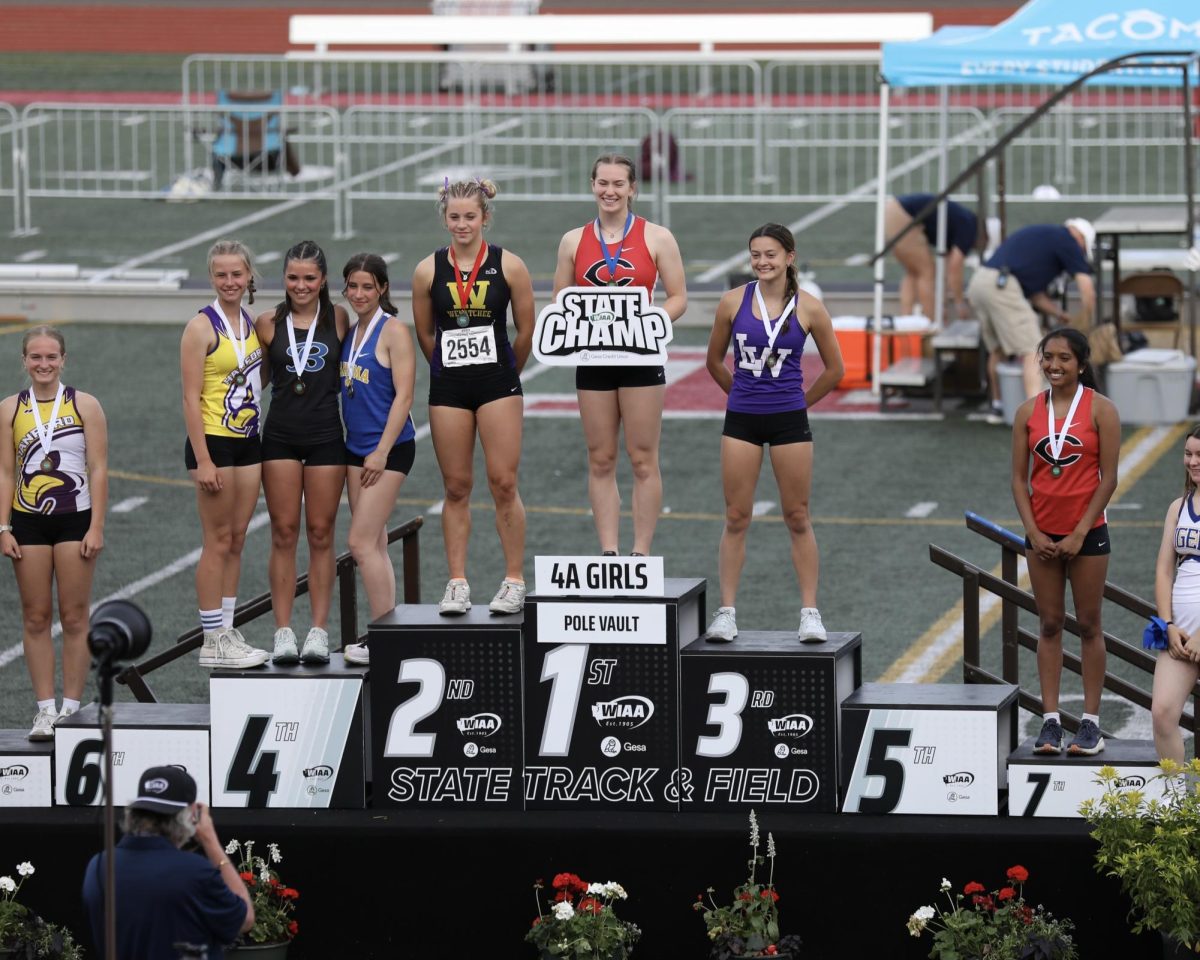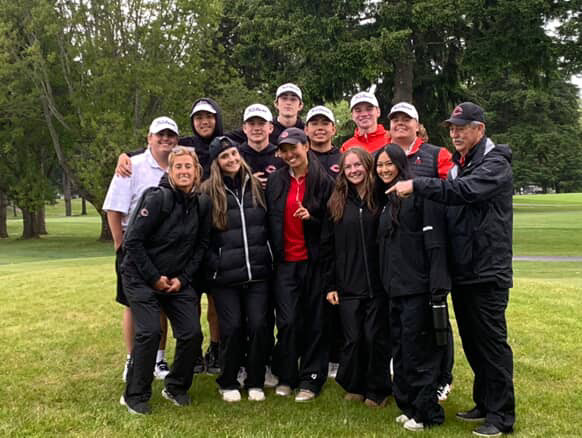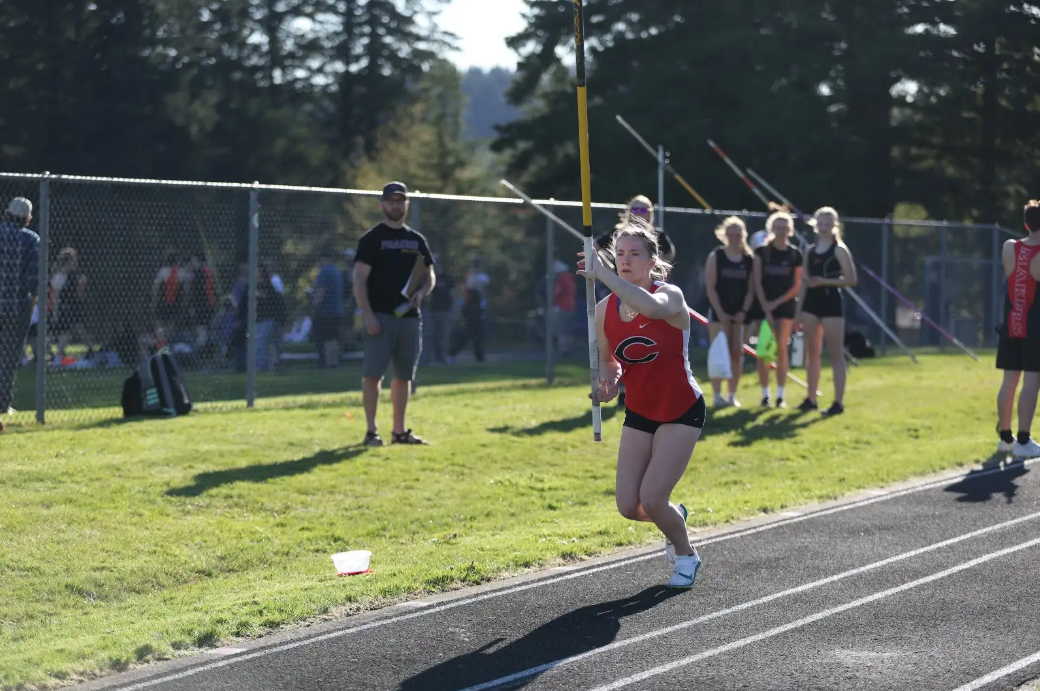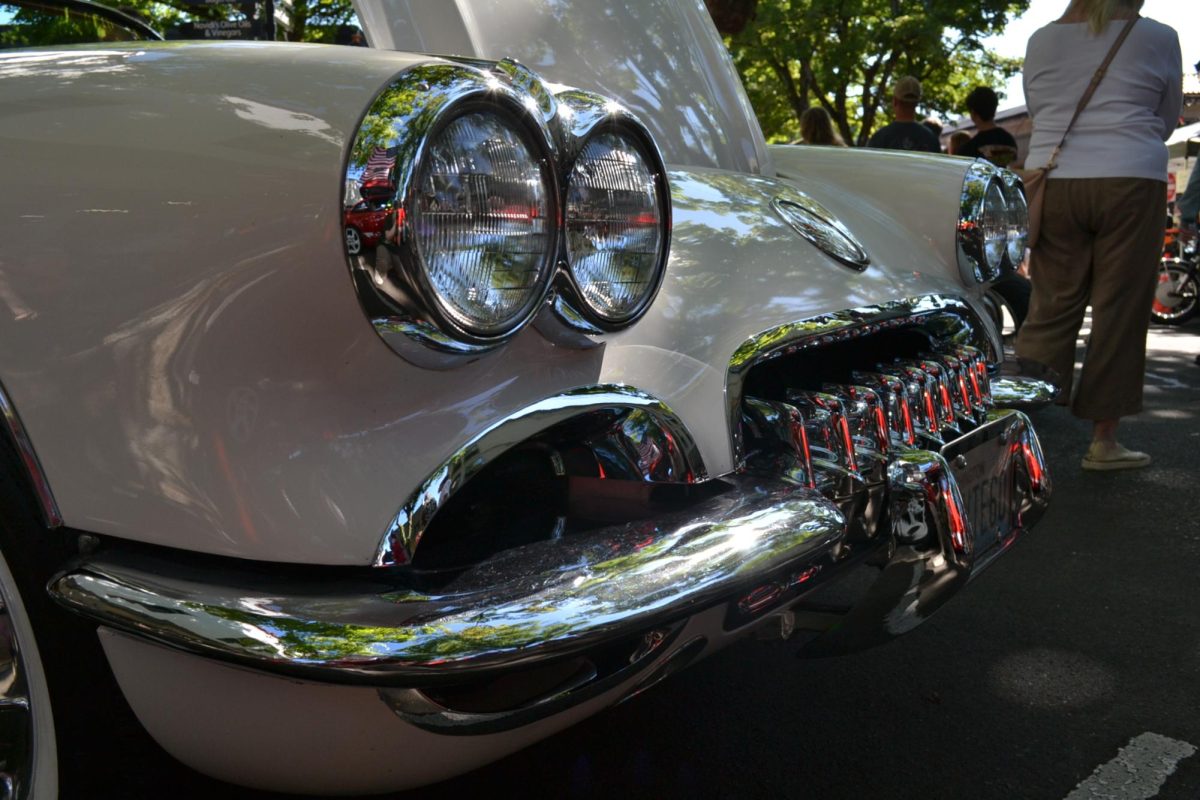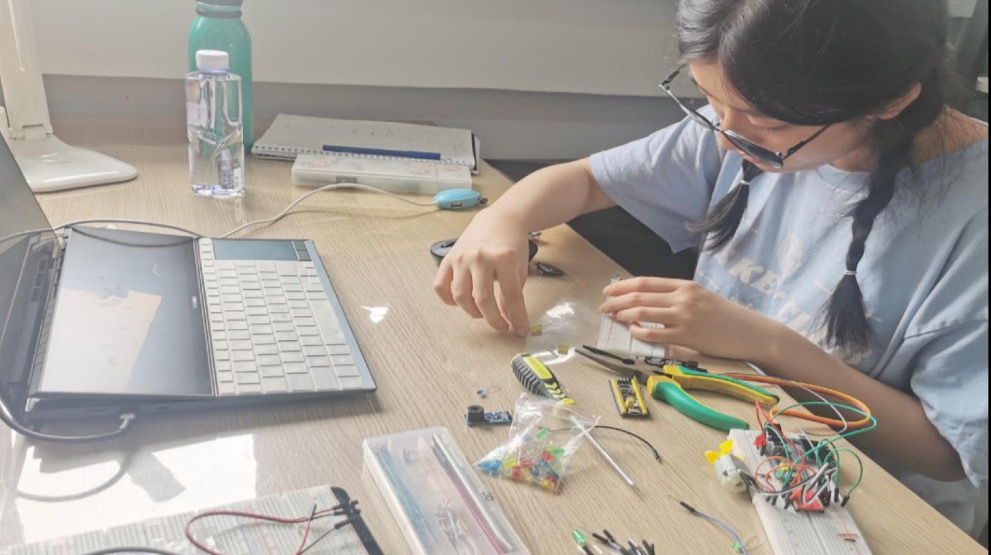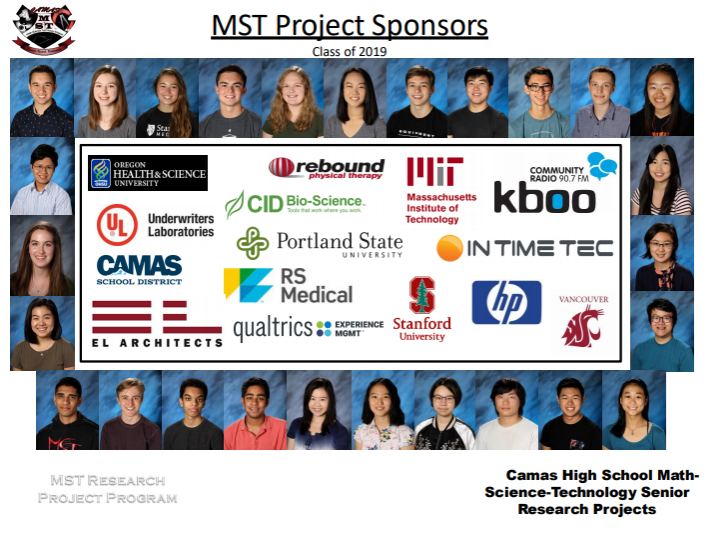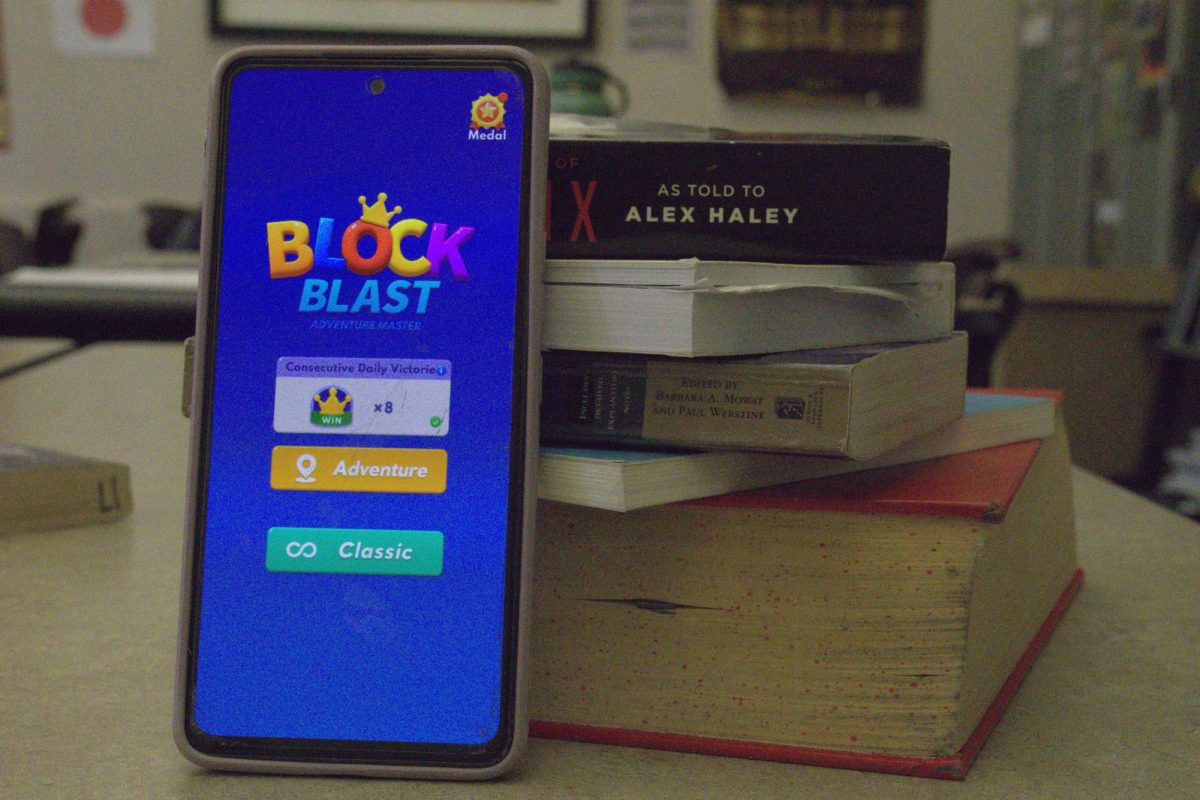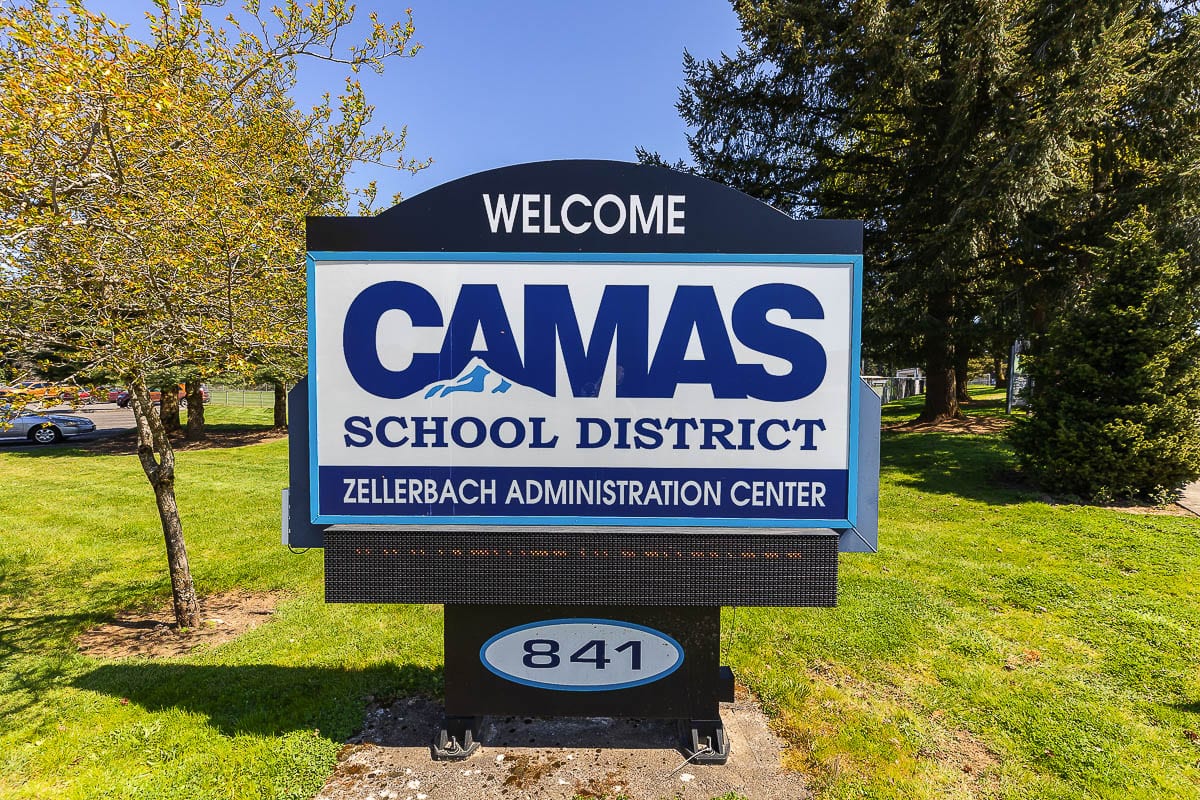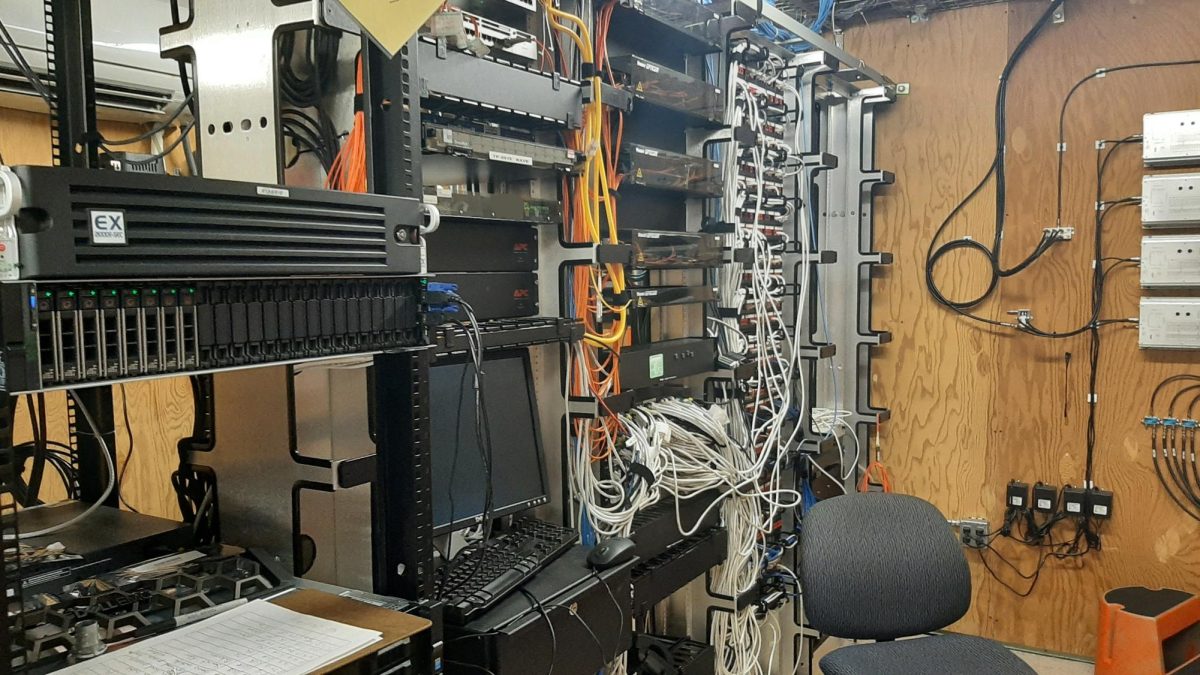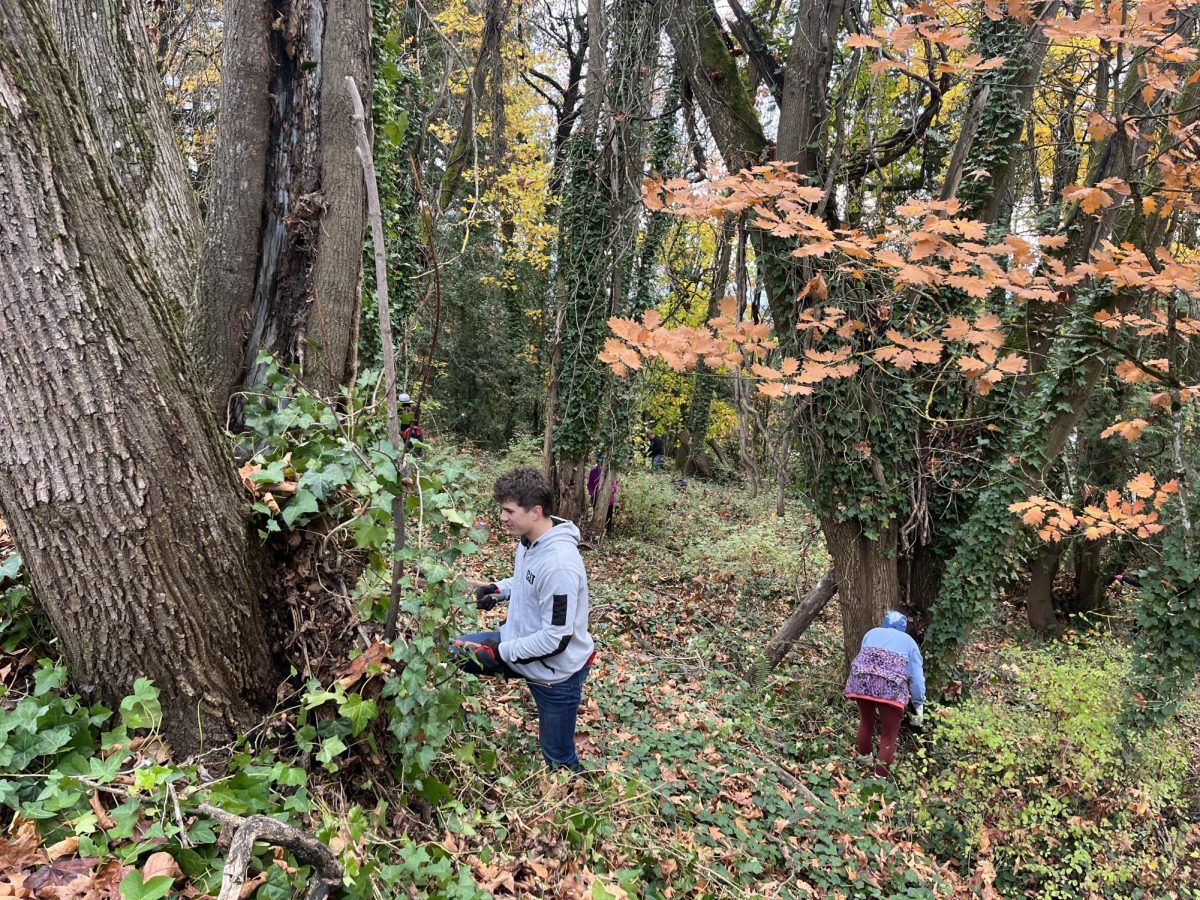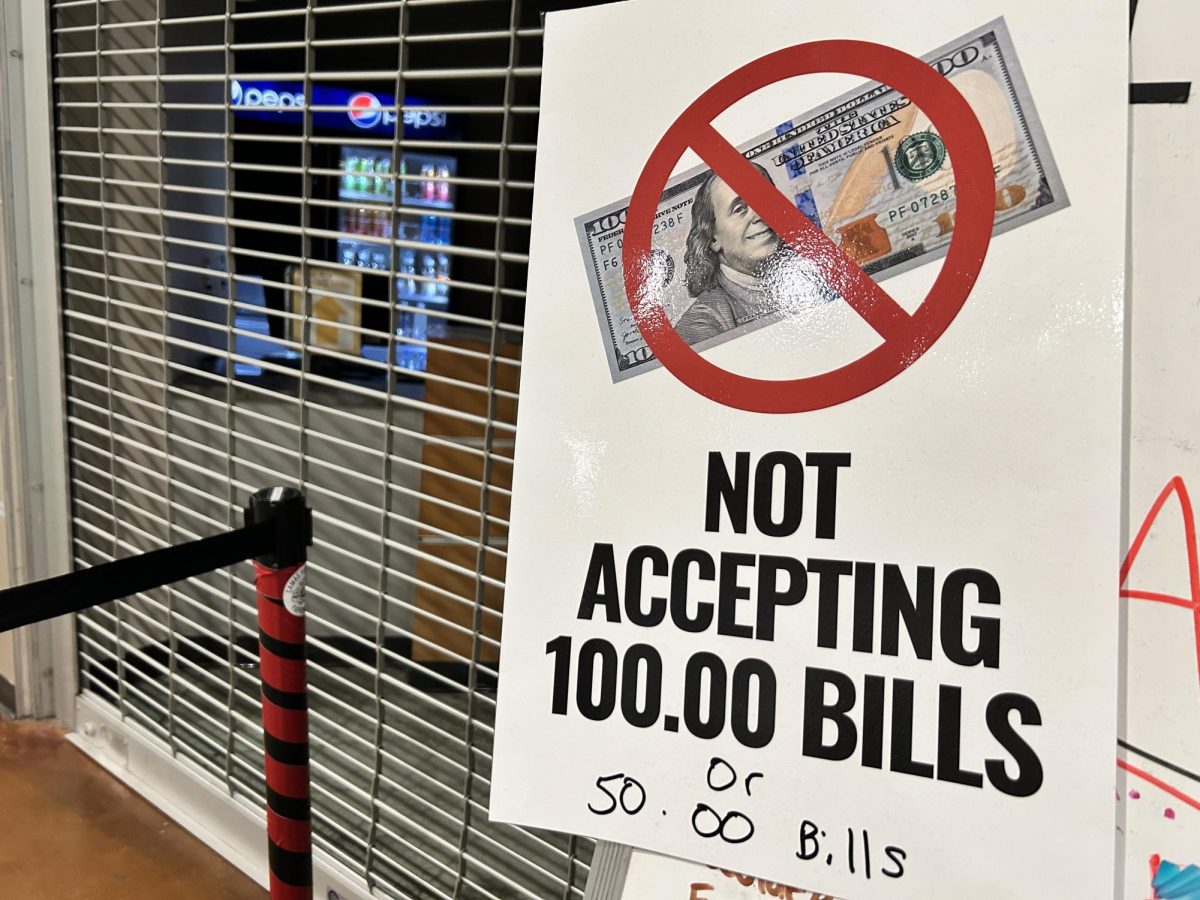
In order to graduate, all seniors must complete a senior project. Students who are in the Magnet program do a different type of senior projects. These students do internships.
Mr. Samuel Greene, the magnet senior project advisor, says “Most of them do 90+ hours and they are collecting data on their side it’s not just a job shadow it’s them working side by side with somebody.”
Yeh Seo Jung, Rachel Blair, Ashley Teng, and Christopher Xia participated in particularly interesting internships.
Yeh Seo Jung interned at a molecular genetics lab at WSU-Vancouver. She analyzed in-situ hybridizations for zebrafish embryos to examine their chromatophore development process. In more layman terms she analyzed melanin-containing cells (chromatophores) to see the development process and see if the formation of certain cells impacted melanin formation. She did this so scientists could refine their studies and medications for melanoma and melanin disorders such as albinism.
They learn a lot from these internships. Jung says “ I learned how to be more patient since the research process takes time. I also learned to be more resourceful and creative in terms of problem-solving skills.”
Rachel Blair worked with a cardiothoracic tissue engineering team at Stanford Medicine to create a new treatment option for patients who suffer from diabetic cardiomyopathy (DCM). People who suffer from diabetes have a higher risk of developing cardiomyopathy. Cardiomyopathy is something that affects the muscles in the heart. She also tried to give patients a better quality of life and treatment by working with a medical student to design a method for the delivery of a new protein to fight against deterioration of cardiomyocytes, the heart muscle cells.
Blair learned that that research is one of the most effective avenues to reinvent your worldview and dedicate your passions to the improvement of life on Earth and never shame in asking questions.
Ashley Teng was selected and attended the Beaver Works Summer Institute at Massachusetts Institue of Technology (MIT) for 4 weeks. During this internship, there are multiple courses and she was accepted into the Autonomous Cognitive Assistant course in which she learned complex concepts about machine learning. Each week, they had a group project to demonstrate learning. One of the projects was programming the Amazon Alexa to respond to users as a personalized tutor to enhance a user’s educational experience. They programmed for features that include facial detection, study behavior monitoring, emotion detection, music generation, games, and an information summarization tool.
Teng found her true passion for technology during this project and decided to make it her career.
Christopher Xia interned at CID Bioscience, where he worked on two projects with the Engineering and Application Science departments. One was assembling, testing, and calibrating a gas analyzer that measured oxygen/ethylene levels meant for fruit ripening storage rooms. Which included which involved assembling parts, testing PCBs, and calibrating sensors for oxygen, carbon dioxide, and ethylene. Another was testing a production quality meter that measured dry matter of avocados by near-infrared spectrometry.
Xia says “I learned how to work better with others, as I had to meet lots of new people, and I also had a partner intern that I worked with who was super quiet and shy so I had to take initiative in a lot of my work.”
After magnet students complete their internship they have to write a paper about it and create a poster. On May 22nd there is a senior project fair where people can meet them and see their projects.




